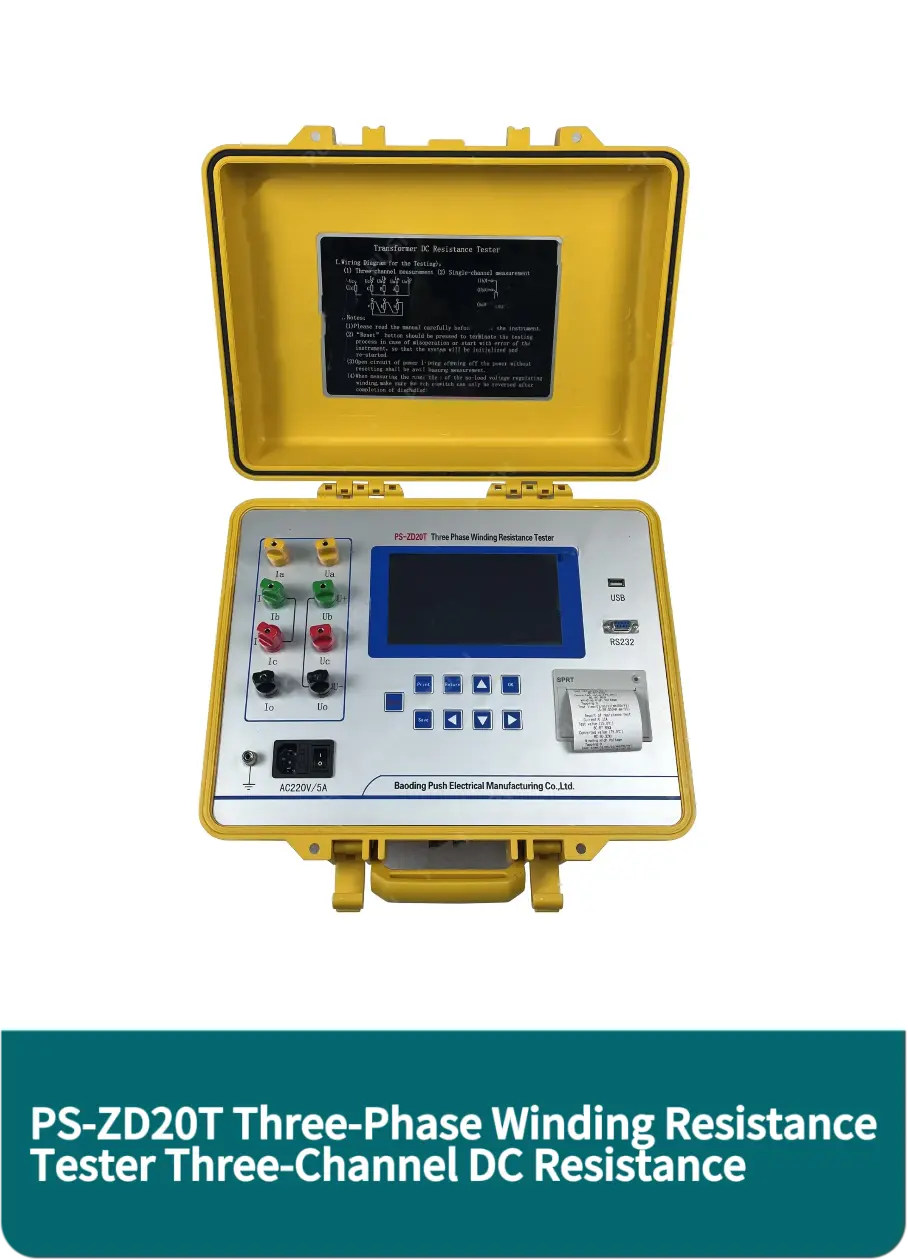 English
English


Understanding the Importance of Hipot Testing for Electrical Insulation Safety and Reliability
Understanding the Hipot Dielectric Test Ensuring Electrical Safety
In the realm of electrical engineering and equipment manufacturing, safety is of paramount importance. One of the critical methods used to ensure the safety and reliability of electrical devices is the Hipot (High Potential) dielectric test. This testing procedure is designed to assess the insulation strength of electrical components and systems, safeguarding against potential hazards such as electrical shock and equipment failure.
What is a Hipot Test?
The Hipot test involves applying a high voltage to an electrical device to verify its insulation integrity. The primary goal is to ensure that the insulation can withstand stress without breaking down. Typically, the test measures the dielectric strength of the insulating materials used in various devices, such as cables, transformers, and circuit breakers. By simulating conditions that the equipment may encounter during operation, the Hipot test helps identify weaknesses in insulation that could lead to catastrophic failures.
Types of Hipot Tests
There are generally two main types of Hipot tests the AC (Alternating Current) Hipot test and the DC (Direct Current) Hipot test. Each type serves different purposes and may be chosen based on the characteristics of the device being tested.
1. AC Hipot Test This test applies an alternating current voltage to the equipment. It is commonly used for cable testing and offers a more comprehensive indication of insulation quality. The AC voltage can stress the insulation in a manner similar to real-world operational conditions, making it a preferred choice for many applications.
2. DC Hipot Test In contrast, the DC Hipot test applies a direct current voltage. It is often utilized for testing components that are known to behave better under DC conditions, such as capacitors. The DC test helps in assessing the insulation under steady-state conditions, allowing for the identification of specific dielectric failures.
hipot dielectric test

Importance of the Hipot Test
The importance of conducting a Hipot dielectric test cannot be overstated. By applying high voltage, manufacturers and service providers can ensure that their products meet safety standards, thus protecting both consumers and the integrity of their brands. A failure to conduct these tests can lead to severe consequences, including electrical fires, equipment damage, regulatory fines, and lawsuits in the event of accidents.
Moreover, the Hipot test plays a critical role in meeting various industry standards, such as those outlined by the International Electrotechnical Commission (IEC) and Underwriters Laboratories (UL). These standards are crucial for maintaining a competitive edge in the market and ensuring compliance with safety regulations.
Conducting the Test Safely
While the Hipot test is crucial for ensuring safety, it must be conducted with caution to mitigate risks associated with high voltage testing. Safety procedures should always be followed, including ensuring that only trained personnel operate the testing equipment and that all safety equipment is in place. In addition, testing should be carried out in a controlled environment, minimizing the risk of accidents.
Before conducting the test, it is essential to prepare the equipment properly. This includes checking connections, ensuring the test equipment is calibrated, and verifying that no personnel are in the vicinity of the device under test. After the test is complete, the equipment should be thoroughly inspected for any signs of insulation breakdown or damage.
Conclusion
In conclusion, the Hipot dielectric test is an indispensable procedure in the electrical engineering field. It ensures that electrical equipment can withstand operational stresses while maintaining safety and reliability. By investing in and prioritizing these tests, manufacturers can protect their products and consumers, fulfilling their responsibility for safety in an increasingly electrified world.
-
Differences between open cup flash point tester and closed cup flash point testerNewsOct.31,2024
-
The Reliable Load Tap ChangerNewsOct.23,2024
-
The Essential Guide to Hipot TestersNewsOct.23,2024
-
The Digital Insulation TesterNewsOct.23,2024
-
The Best Earth Loop Impedance Tester for SaleNewsOct.23,2024
-
Tan Delta Tester--The Essential Tool for Electrical Insulation TestingNewsOct.23,2024





